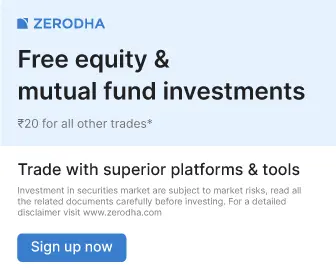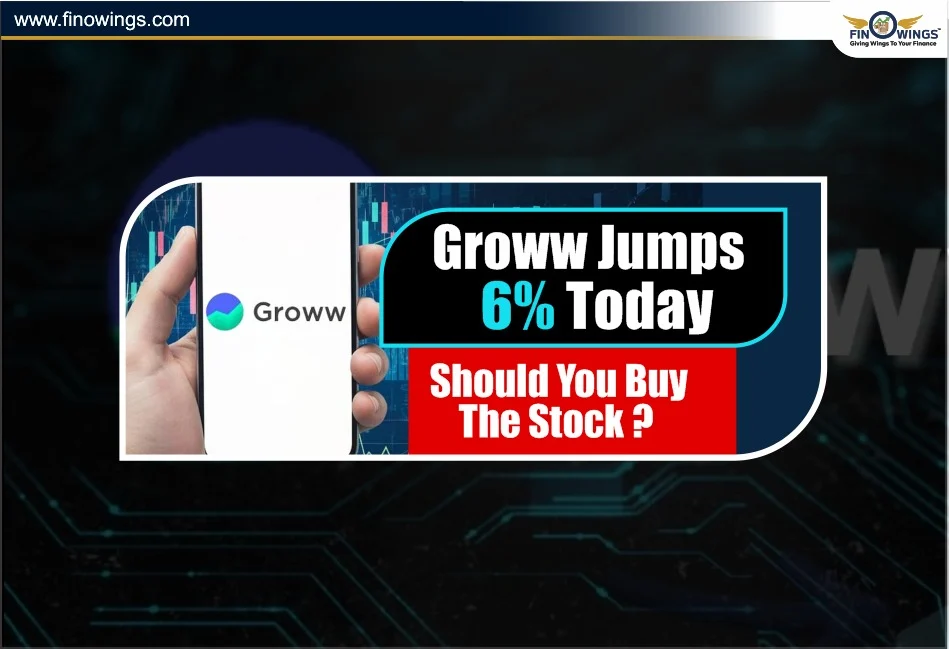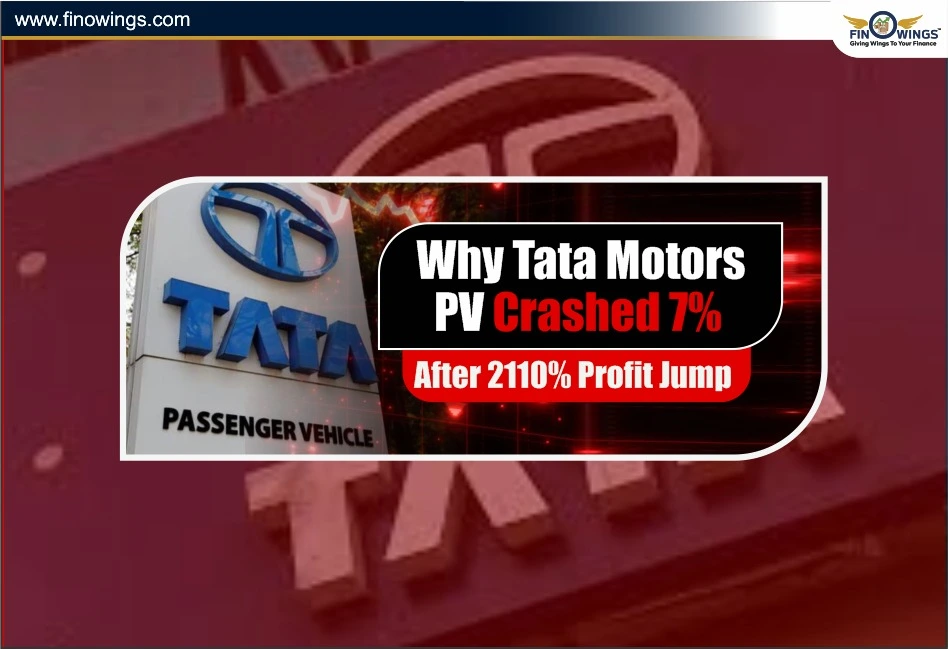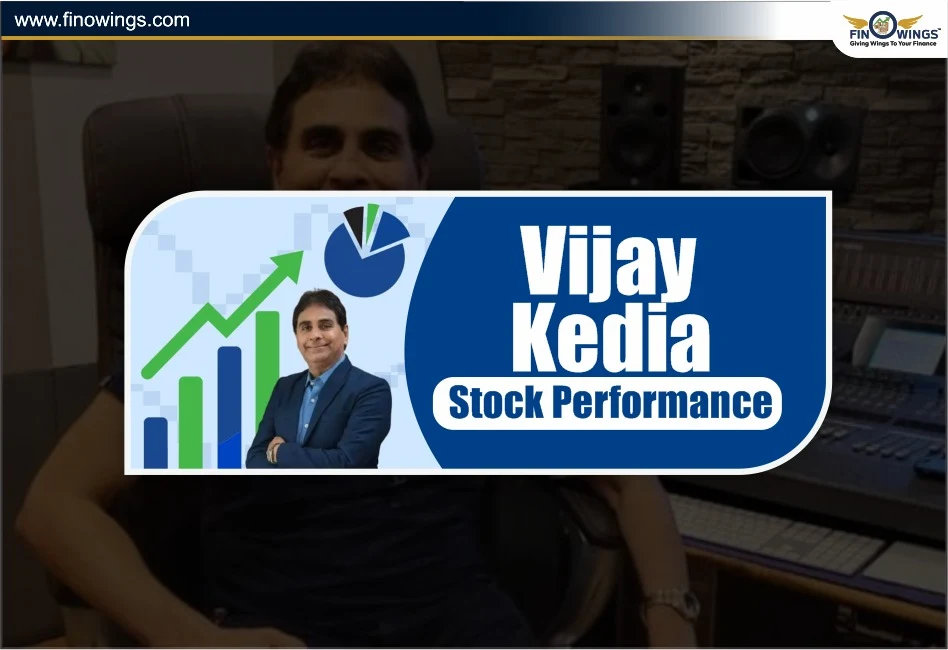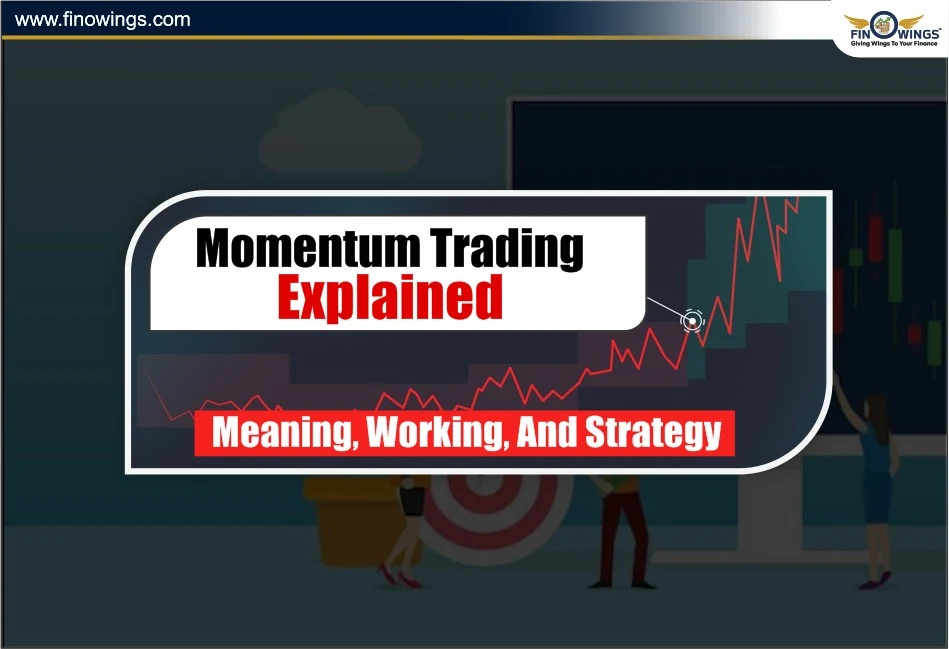Home >> Blog >> Why Global ETFs in India Are Trading at High Premiums
Why Global ETFs in India Are Trading at High Premiums
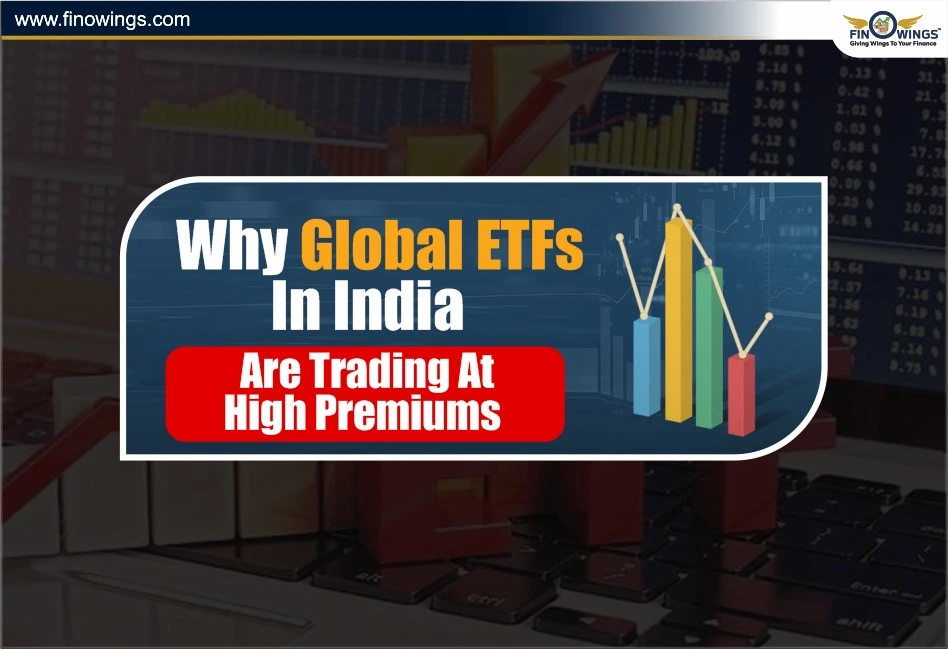
Table of Contents
Through the years, Global ETFs have grown in popularity among Indian investors. They provide investors easy access to global markets, such as the US, Japan, Europe, and other developing countries, without the headaches of opening overseas brokerage accounts. However, in the recent past, Global ETFs have been behaving peculiarly.
Several Global ETFs in India trade at very high premiums. Outstandingly, some trade at levels 30 to 60% above their Net Asset Value (NAV). This premium trade in Global ETFs has compelled investors to ask the following pertinent questions:
In this blog, we will understand why Global ETFs in India are trading at high premiums.
1. Understanding Global ETFs
A Global ETF is the stock of an ETF that owns stocks of foreign countries and indices. For example, they may own stocks of:
- Nasdaq 100
- S&P 500
- FAANG/Tech
- Japan Topix
- Global Emerging Markets
In India, most of such funds do not directly purchase stocks. They generally invest in:
- Foreign ETFs
- Feeder funds
- Foreign-indexed mutual funds
- ADR/GDR
In India, investors can purchase these ETF units on the stock exchange, but the assets that they own are all overseas.
2. NAV vs Market Price
To explain how and why Global ETFs are overpriced, it is first necessary to understand NAV and Market Price:
- NAV is the value of the underlying global stocks
- Market Price is the value of the units of the ETF that are available on the NSE/BSE
Ideally, the two should be in close range.
But right now, the Market Price is much higher than the NAV, resulting in grossly overvalued ETFs.
- When the Market Price is greater than the NAV, the ETF is trading at a high premium
- When the Market Price is less than the NAV, it is at a discount
In the case of Global ETFs in India, the premium is exorbitant.
3. Reasons Why Global ETFs in India Are Trading at Premiums
Let’s explore some of the most important reasons:-
i.) $7 billion LRS Limit set by the RBI. This is the most important reason why Global ETFs are at a premium. This limit was reached by the beginning of 2022. After which:
-
A number of fund houses stopped new investments in global markets
-
Global ETFs cannot send new money overseas.
-
However, Indian investors kept purchasing these ETF units.
Because new units could not be created due to the limit, the supply stayed fixed while demand continued to grow.
Low supply + high demand = huge premium.
This rule alone has created a great basis as to why Global ETFs are overpriced.
ii) Less Trading Liquidity in India
Many Global ETFs in India have very low trading volumes on a daily basis.
For example:
-
Some show 5,000 to 20,000 units traded each day.
-
A number have a few limited authorised participants and market makers.
When the buyers in the market outnumber the sellers, it is usually a sign that the price of said asset will increase.
Small float + high demand = high premium
This gives the impression that global ETFs are booming, yet the real global index may be stagnant.
iii) Rise in Global Market Euphoria
U.S. markets like the Nasdaq 100 and S&P 500 hit all-time highs, fueled by tech stocks such as Nvidia, Microsoft, and Amazon, generating strong global investor enthusiasm. The Indian investors, too are eager to join the rally but:
-
Directly investing abroad means additional taxation + documentation.
-
International brokers charge additional fees.
-
Many prefer the simplicity of buying Global ETFs on the NSE/BSE.
This results in demand increasing with a growing delta in premium over the NAV.
iv) NAV Updates on Indian Market Time
The US market closes at 1:30 AM IST. The Indian market opens at 9:15 AM IST, and this results in some NAV mismatch:
-
ETFs are traded in India based on the closing price from the previous day.
-
Investors react based on the global news that was released earlier on the same day.
-
Prices for the market move, while the NAV updates at the slowest.
This results in some very large premiums during extremely volatile times.
v) No New Units = Artificial Scarcity
The most basic economic principles tell us that for any ETF to maintain a market price in close relation to the NAV, the fund house needs to either create, or redeem, units through the Authorised Participants. Fund houses are unable to generate new units due to the foreign investment cap.
Thus:
-
NAV fluctuates as per usual.
-
However, the supply of ETF units in India remains unchanged.
-
Prices increase beyond true worth.
-
Due to this artificial scarcity, Global ETFs are highly expensive.
Should You Invest in Global ETFs at High Premium?
What a premium refers to is that you are investing above the true worth of the global equities.
For instance:
NAV = ₹100, Market Price = ₹145
You are paying 45% more.
If the RBI eases the external investment cap in the future:
-
Fund houses can generate new units.
-
Supply will rise.
-
Premium can fall instantaneously.
-
Prices of ETFs can reduce considerably even when global equities are increasing.
Therefore, investing at this premium should only be done when you understand the risks underlying, as it is extremely dangerous.
What Should Investors Do?
-
Check the premium/discount before investing.
-
Most fund houses offer premium data on a daily basis.
-
Prefer index funds instead of ETFs.
-
International index funds do not operate on a stock exchange-they will always purchase at NAV.
-
Wait for the RBI to raise overseas investment limits.
-
Once the cap is revised, investors can expect premiums to be corrected.
-
High value investors can consider direct foreign investment through LRS.
Conclusion
The answer to the question of why Global ETFs in India are trading at high premiums is straightforward: the attributes of Regulatory Limits, low supply, increased interest in Global Markets, and low liquidity. This scenario is likely to continue until the RBI increases the cap for overseas investments.
Investors need to be careful in situations where Global ETFs are trading at a high premium over their NAV. The opportunity cost of trading Global ETFs is high since premiums are likely to vanish in a short period of time, so check the fair value of Global ETFs before trading. Premiums can vanish quickly, and check the opportunity cost before trading Global ETFs.
DISCLAIMER: This blog is NOT any buy or sell recommendation. No investment or trading advice is given. The content is purely for educational and information purposes only. Always consult your eligible financial advisor for investment-related decisions.
Author
Frequently Asked Questions
Global ETFs in India are trading at high premiums mainly because fund houses cannot send new money abroad due to the RBI’s $7 billion overseas investment limit. Since no new units can be created while investor demand continues to rise, the supply becomes fixed, causing the market price to trade far above the NAV.
Yes. When you buy at a premium, you are paying more than the actual value of the underlying global stocks. If the RBI relaxes the limit and fund houses start creating new units, the premium can fall sharply, and ETF prices may drop even if global markets are rising.
Every Global ETF publishes its daily NAV and premium/discount data on the AMC’s website. You can also check it on platforms like NSE, BSE, Groww, Kuvera, and Value Research. Always compare Market Price vs NAV before making a decision.
Premiums may correct once the RBI increases the overseas investment limit for mutual funds. When fund houses can again invest overseas and create fresh ETF units, the supply will increase, which usually brings the price closer to the NAV.
If you want to avoid premium/discount risks, consider international index funds instead of ETFs. These funds do not trade on the stock exchange and always buy units at true NAV, making them a safer long-term choice during periods of high ETF premiums.

